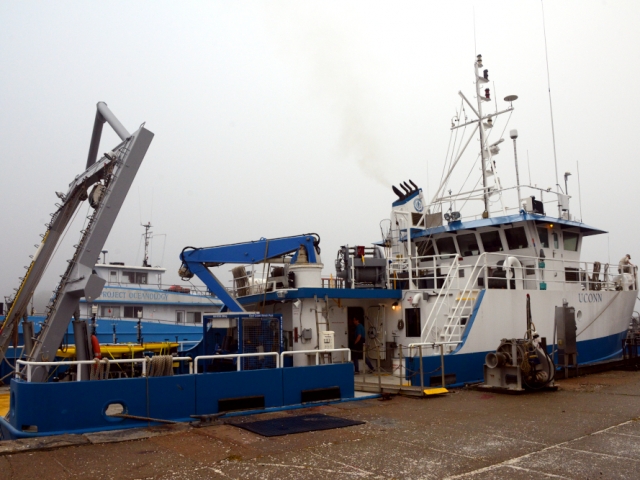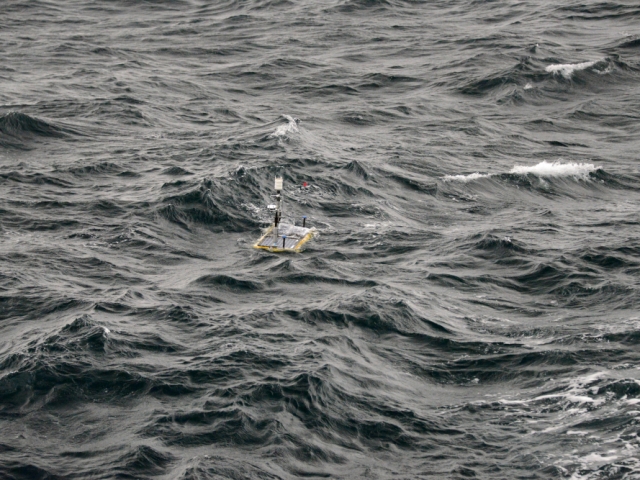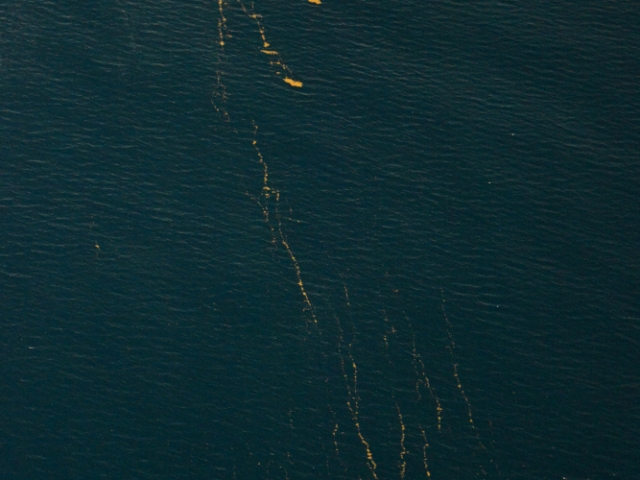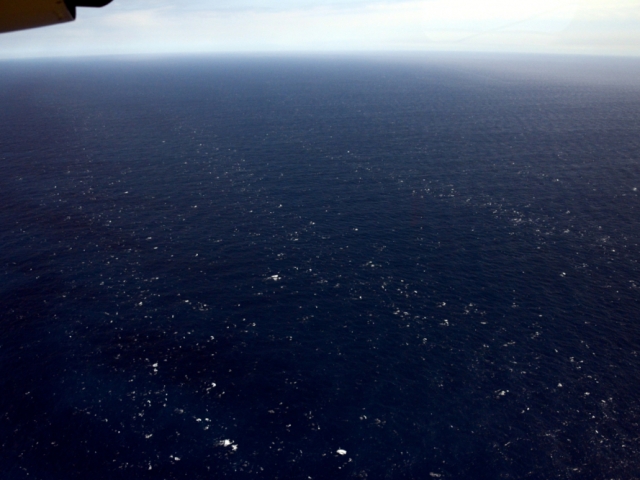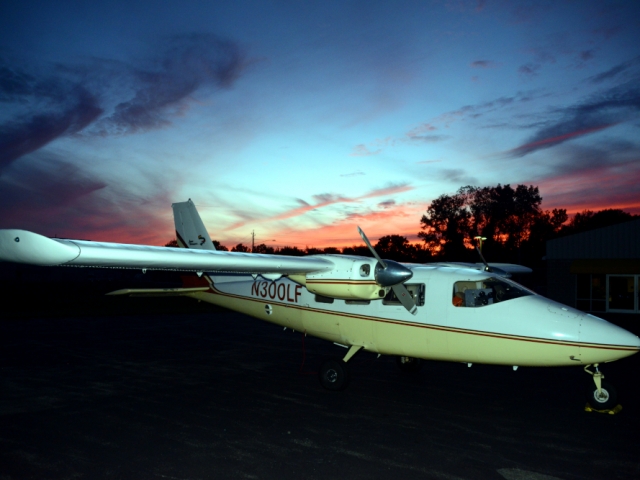Pioneer Array Experiment (PAE)
Despite great progress over recent decades there is still much room for improvement in our understanding of the generation, propagation and dissipation of ocean surface waves and their role in coupling the atmosphere and the ocean. The primary aims of this project are to better understand how currents modulate surface waves, and how surface waves transfer momentum to currents, especially through breaking. Airborne remote sensing is used to accurately measure directional surface wave fields, surface currents, and breaking, in the area of the Ocean Observatories Initiative (OOI) Pioneer Array. These data will be supplemented by two Wave Gliders instrumented to measure the lower atmospheric boundary layer and the upper 50 m of the water column. Sonic anemometers on the Wave Gliders will measure the Reynolds stress, or momentum flux, in the atmosphere. While the field component is site-specific to make use of the existing Pioneer Array data, the applications of the research will be global and are expected to lead to significant improvements in understanding and modeling ocean surface waves and currents. This project was funded by the National Science Foundation.
Location
In the vicinity of the Ocean Observatories Initiative (OOI) Pioneer Buoy Array, off the south coast of New England across the Continental Shelf-Slope.
Time
September/October 2018
Media

